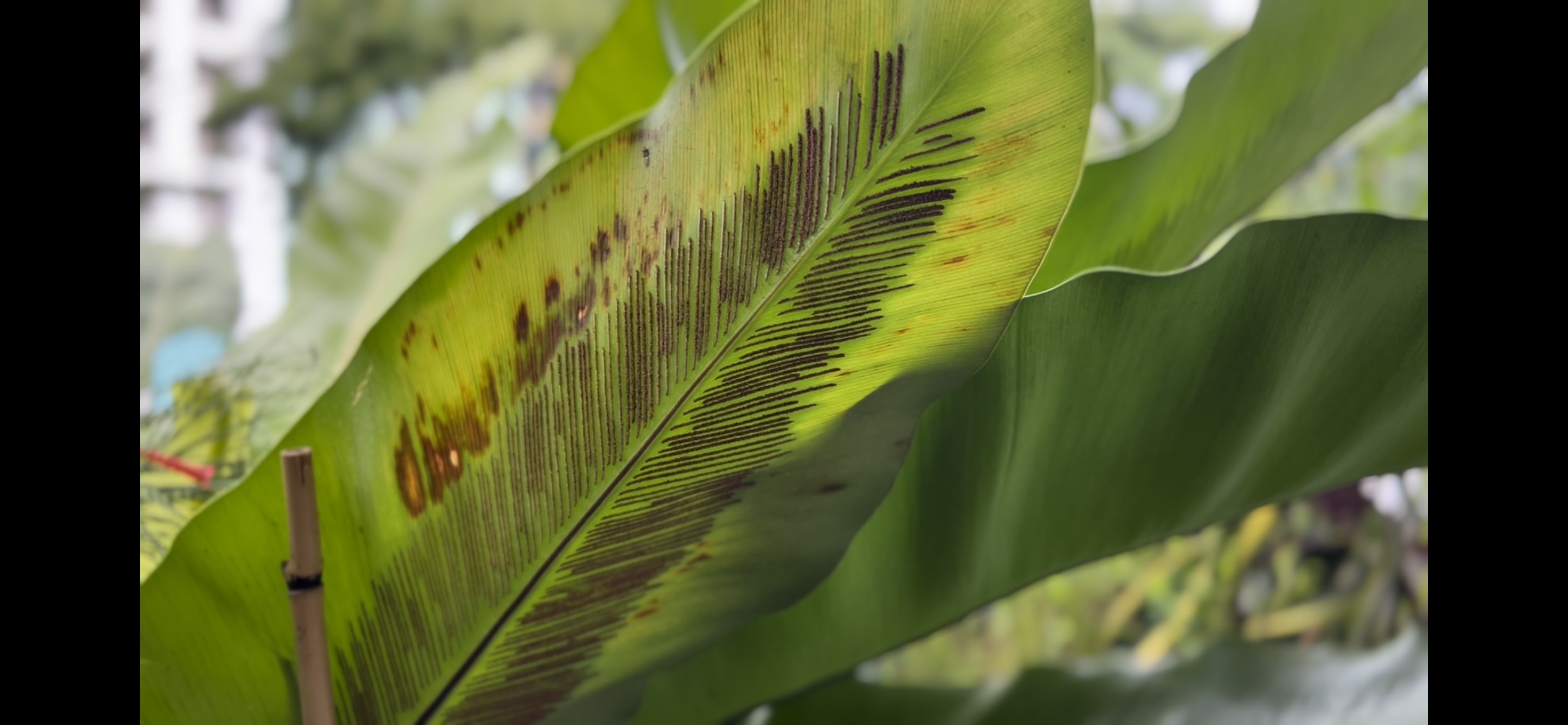Jason Wee
Identification, 2022
싱글채널 비디오
4분
Single-channel video
4 min
제이슨 위의 작품 ‹식별›은 이런 지적 유산에 주목한다. 작가는 1950년대 말, 라이트가 파리에서 자가 망명 생활을 하는 동안 창작한 하이쿠(일본 정형시)와 관련하여 인도네시아 문학계와 의견이 엇갈렸던 라이트의 주장을 검토한다. 영상을 통해 두 순간을 살펴보며, 작가는 미학적, 정치적 개념의 연대로서 아시아주의의 한계에 의문을 제기하고 있다. 작가에게 하이쿠는 자가 변증법의 일부로서의 풍경과 논쟁의 장소로서의 풍경 간의 연결점이자 상충하는 역사의 연결점이며, 전후 발전과 더 길게 지속되는 역사의 연결점이다. 영상은 동맹의 정체성을 형성하는 과정에서 불가피하게 발생하는 유토피아, 인종, 영토와 연관된 가능성을 비판적으로 검토하고 탐구의 영역으로서 아프로 – 동남아시아의 중심에 자리한 질문들을 확장한다.
The Color Curtain, one of the canonical accounts of the Bandung Conference of 1955, was penned by African American novelist Richard Wright. However, since its publishing, many studies have questioned Wright’s account and his assumption that the racial politics faced by an African American in the 1950s could be shared by the decolonial projects of Africans and Asians. Beb Vuyk, a Dutch-Indonesian writer who met Wright when he traveled to Indonesia, believed that instead of what Wright suggested, a “shared colonial past as a tie [was] stronger than color” in bringing Asians, Africans, and African Americans together.
Jason Wee's piece Identification (2022) contributes to this intellectual legacy. In his own words, Wee describes Identification as "a haiku as film". Through the description of the creation of a small garden, the film considers Richard Wright's haikus. Wright wrote these haikus while in self-exile in Paris. The film ends in a haiku. Beyond being a visual artist, Wee is also a poet and the film represents his literary commitment to the form and history of the haiku. In focusing on Wright's period of exile, Wee alludes to Basho, the famous poet of the Edo period and master of the haiku's own endeavor to survey and find country. Moreover, the words that appear in Identification are a double citation. They are the words of a young woman born in Singapore, who was interviewed by Richard Wright on his way to the 1955 Bandung conference, and cited in his book The Color Curtain. Wee's film critically reviews the associated possibilities of utopia, race, and territory that inevitably arise in forging identities of alliance, and expands on the inquiries at the heart of the Afro-Southeast as a field of inquiry.
Jason Wee is an artist and a writer working between contemporary art, architecture, poetry and photography. His art practice contends with sources of singular authority in favour of polyphony and difference. He transforms these histories and spaces into various visual and written materials, and is keenly interested in their secrets and their futures, their idealisms and their conundrums. Wee is the founder and director of Grey Projects, an artists’ space, library and residency that focuses on curatorship, new writing, design propositions and art.
Wee has exhibited at Para Site, Hong Kong (2021), the Chelsea Art Museum and Asia Society Museum, New York, USA (2006, 2020), ArtScience Museum, Singapore (2019), Galerie Michael Janssen and Institut für Auslandsbeziehungen, Berlin, Germany (2015, 2009), Casino Luxembourg, Luxembourg (2009), Singapore Art Museum, Singapore (2015) and amongst others. Artist-in-residencies include Artspace Sydney, ISEA 2008, Tokyo Wonder Site, Contemporary Art Japan, NTU Centre for Contemporary Art Singapore and Gyeonggi Creation Center, Korea. He was a 2005-2006 Studio Fellow at the Whitney Museum Independent Study Program, and was awarded the Young Artist Award for visual arts in Singapore in 2008 and the Voters’ Prize from the Singapore Art Museum in 2009. Wee was also aresidency fellow at ZK/U Berlin.

Jason Wee, The Landscape Of…, 2022, still. Courtesy of the artist.